Which one of the following compounds most readily undergoes substitution by mechanism?

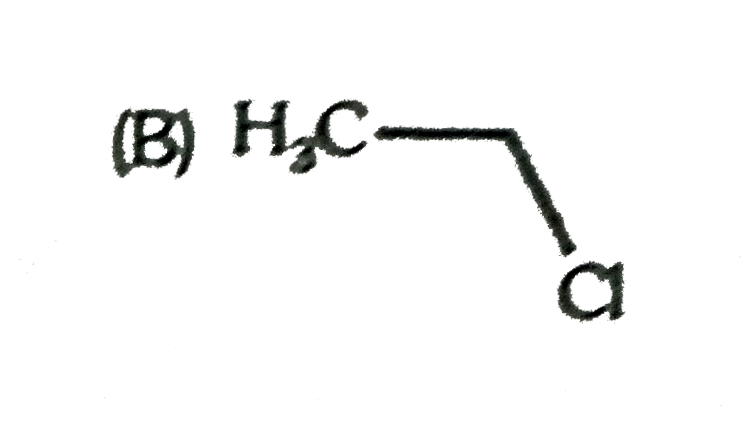
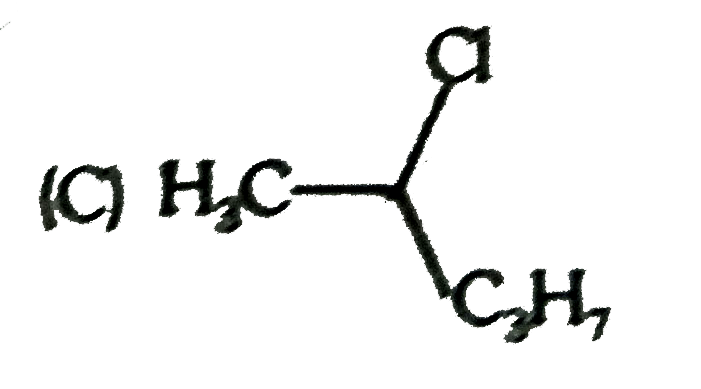

The correct Answer is:B
To determine which compound most readily undergoes substitution by the SN2 mechanism, we need to analyze the stability of the carbocations formed during the reaction and the steric hindrance around them. Here’s a step-by-step solution:
Step 1: Understand the SN2 Mechanism
The SN2 mechanism involves a nucleophile attacking the electrophilic carbon atom from the opposite side of the leaving group, leading to a simultaneous bond formation and bond breaking. The rate of this reaction is influenced by the steric hindrance around the carbon atom that is attached to the leaving group.
Step 2: Identify the Stability of Carbocations
The stability of carbocations is crucial in determining the reactivity in SN2 reactions. The order of stability for carbocations is:
- Tertiary (3°) > Secondary (2°) > Primary (1°) > Methyl
Since SN2 reactions are inversely proportional to the stability of the carbocation, we want to favor the least stable carbocation.
Step 3: Analyze the Given Compounds
Let’s assume we have four options (A, B, C, D) with different alkyl halides. We need to analyze each compound to determine the type of carbocation formed upon the departure of the leaving group (halide).
1. Option A: Forms a tertiary carbocation.
2. Option B: Forms a primary carbocation.
3. Option C: Forms a secondary carbocation.
4. Option D: Forms a methyl carbocation.
Step 4: Evaluate Steric Hindrance
In addition to carbocation stability, steric hindrance plays a significant role in SN2 reactions. More bulky groups around the electrophilic carbon will hinder the nucleophile's approach.
- Option A: Tertiary carbocation with significant steric hindrance due to bulky groups.
- Option B: Primary carbocation with minimal steric hindrance.
- Option C: Secondary carbocation with moderate steric hindrance.
- Option D: Methyl carbocation with no steric hindrance.
Step 5: Conclusion
Since SN2 reactions are favored by less stable carbocations and minimal steric hindrance, the compound that most readily undergoes substitution by the SN2 mechanism will be the one that forms a primary carbocation with the least steric hindrance.
Thus, Option B is the correct answer as it forms a primary carbocation and has the least steric hindrance.
The SN2 mechanism involves a nucleophile attacking the electrophilic carbon atom from the opposite side of the leaving group, leading to a simultaneous bond formation and bond breaking. The rate of this reaction is influenced by the steric hindrance around the carbon atom that is attached to the leaving group.
The stability of carbocations is crucial in determining the reactivity in SN2 reactions. The order of stability for carbocations is:
- Tertiary (3°) > Secondary (2°) > Primary (1°) > Methyl
Let’s assume we have four options (A, B, C, D) with different alkyl halides. We need to analyze each compound to determine the type of carbocation formed upon the departure of the leaving group (halide).
2. Option B: Forms a primary carbocation.
3. Option C: Forms a secondary carbocation.
4. Option D: Forms a methyl carbocation.
In addition to carbocation stability, steric hindrance plays a significant role in SN2 reactions. More bulky groups around the electrophilic carbon will hinder the nucleophile's approach.
- Option B: Primary carbocation with minimal steric hindrance.
- Option C: Secondary carbocation with moderate steric hindrance.
- Option D: Methyl carbocation with no steric hindrance.
Since SN2 reactions are favored by less stable carbocations and minimal steric hindrance, the compound that most readily undergoes substitution by the SN2 mechanism will be the one that forms a primary carbocation with the least steric hindrance.
Topper's Solved these Questions
- ALKYL AND ARYL HALIDEBOOK - ALLENCHAPTER - ALKYL AND ARYL HALIDEEXERCISE - EXERCISE-02
1 Videos
- ALKYL AND ARYL HALIDEBOOK - ALLENCHAPTER - ALKYL AND ARYL HALIDEEXERCISE - EXERCISE-04 [A]
1 Videos
- ALKYL AND ARYL HALIDEBOOK - ALLENCHAPTER - ALKYL AND ARYL HALIDEEXERCISE - EXERCISE-01
1 Videos
- ALKENE, ALKANE & ALKYNE BOOK - ALLENCHAPTER - ALKENE, ALKANE & ALKYNE EXERCISE - EXCERSISE-3
28 Videos
- Atomic StructureBOOK - ALLENCHAPTER - Atomic StructureEXERCISE - All Questions
62 Videos
Similar Questions
Knowledge Check
Which of the following compounds is most readily nitrated ?
AbenzeneBphenolCtolueneDnitrobenzeneWhich one of the following chlorohydrocarbons readily undergoes solvolysis?
A(a) CH2=CHClB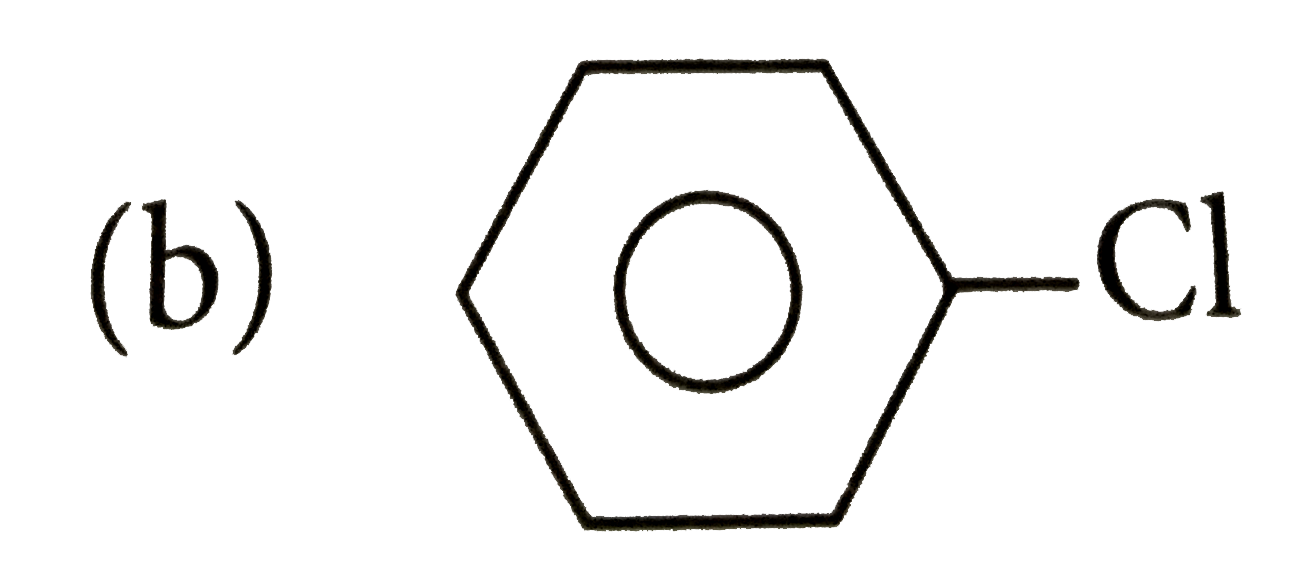 C
C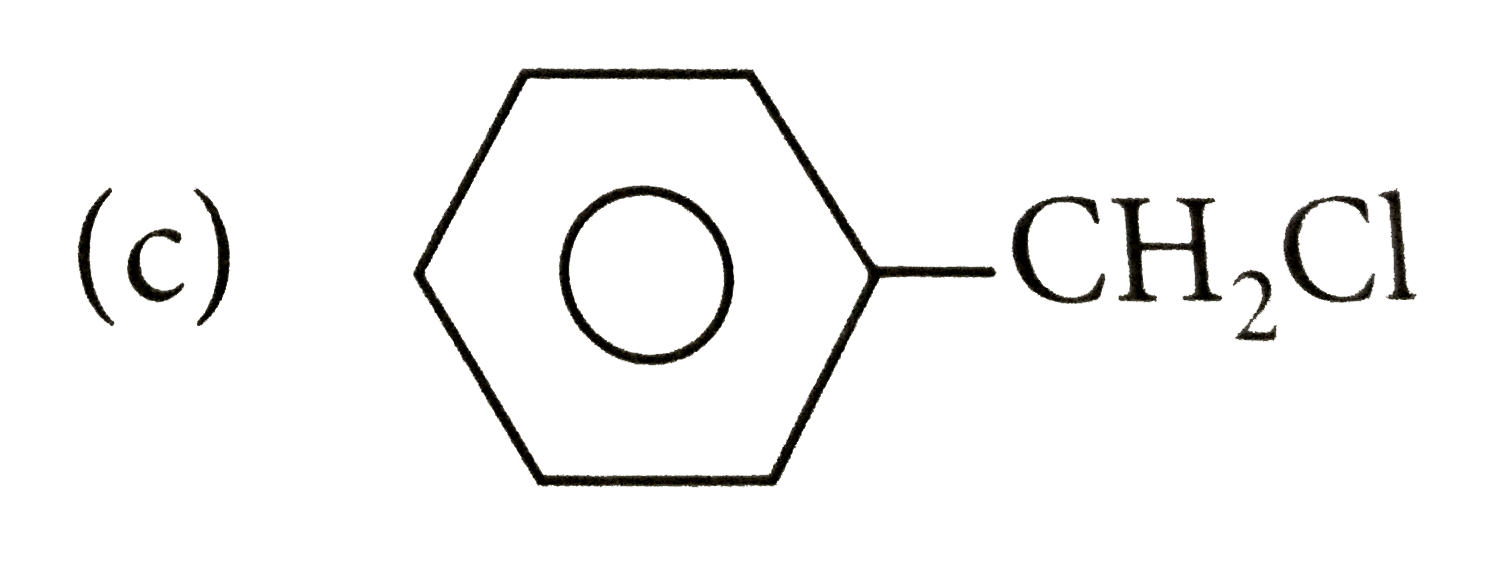 D
D
Which of the following elements are most readily mobilised?
APhosphorus sulphur, nitrogen and potissumBCalcium, sulphur, nitrogen and phosphorusCphosphorus, sulphur,nitrogen and calciumDPotassium, sulphur, nitrogen and calcium
Which one of the following compounds readily reacts will NaOH ?
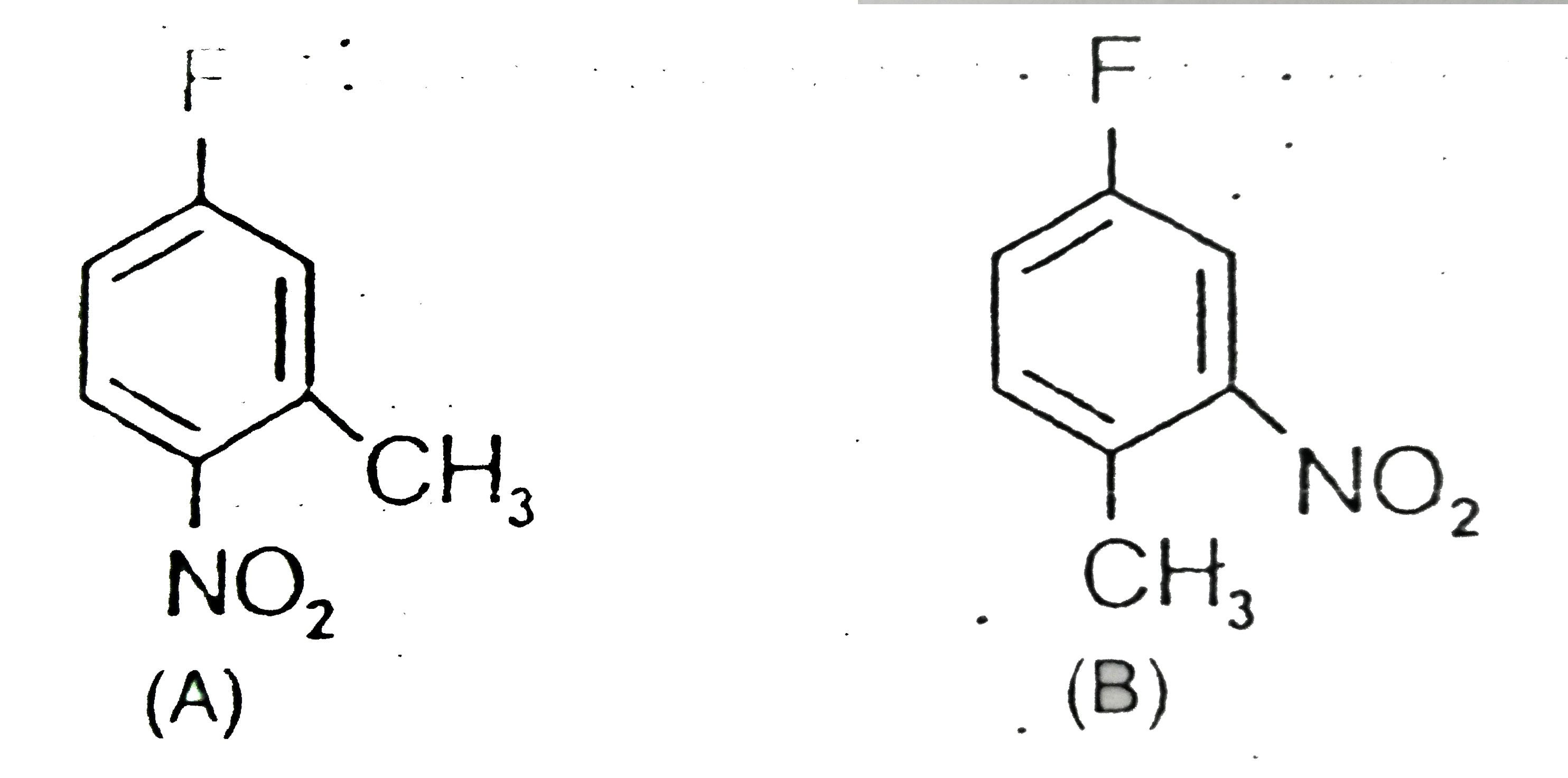
View SolutionWhich of the following compounds are readily soluble in water?
View SolutionTo which of the following compounds H2 adds most readily?
View SolutionWhich of the following compounds undergoes
nucleophilic substitution most readly?
View SolutionWhich of the following undergoes nucleophilic substitution exclusively by SN1 mechanism?
View Solution
